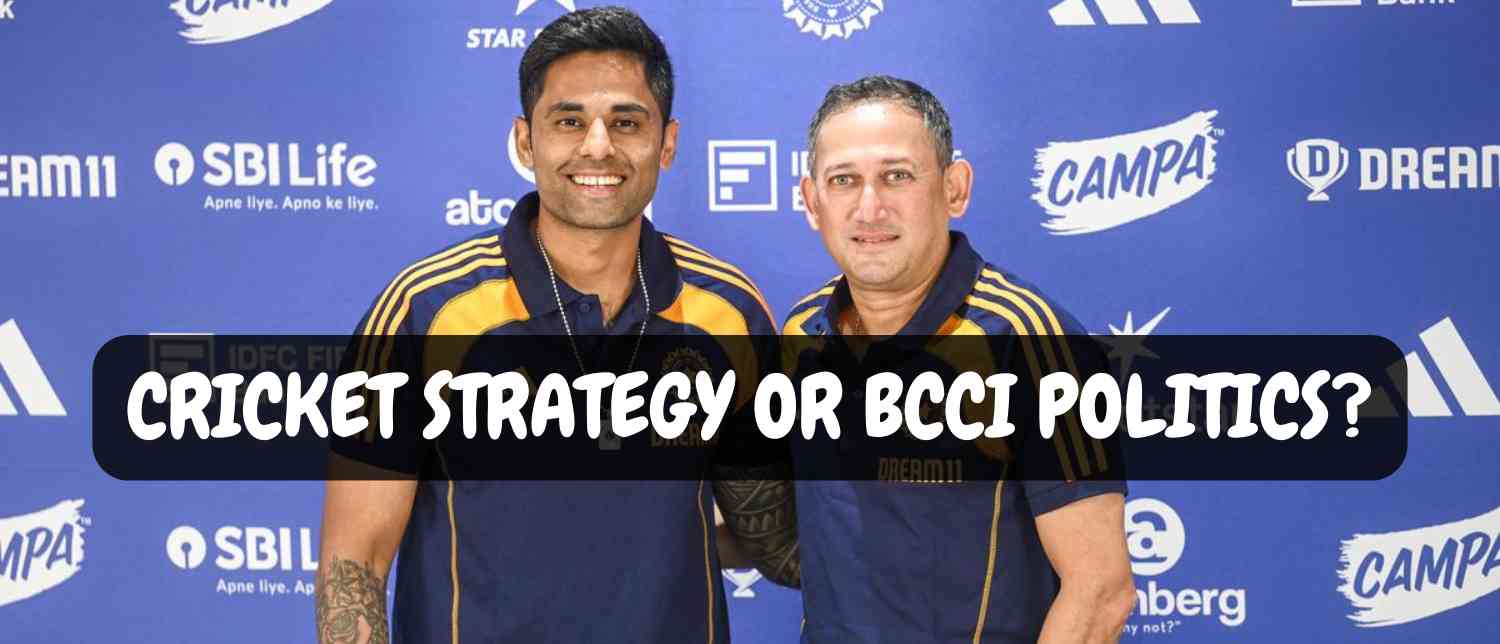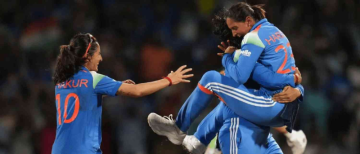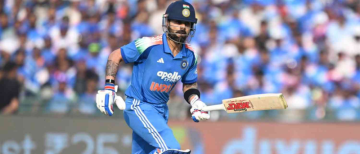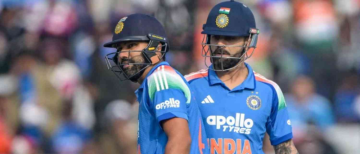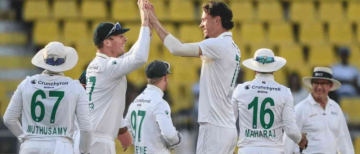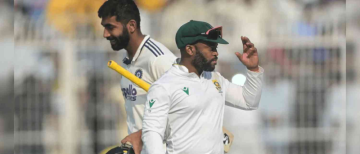The announcement of India’s squad for the Asia Cup 2025 has sent ripples through the cricketing fraternity. The Board of Control for Cricket in India (BCCI), along with captain Suryakumar Yadav and Chairman of Selectors Ajit Agarkar, unveiled a team that looked bold, youthful, and future-oriented but also controversial.
The most debated talking point wasn’t the inclusions but the omissions of Shreyas Iyer and Yashasvi Jaiswal. Both players were in sparkling form leading up to the tournament, both had statistical weight behind them, and both were tipped by fans and pundits to be integral to India’s Asia Cup campaign. Yet, neither made it into the 15-man squad.
The question that looms large: Was this reshuffle needful, or is it yet another reflection of BCCI’s long history of internal politics?
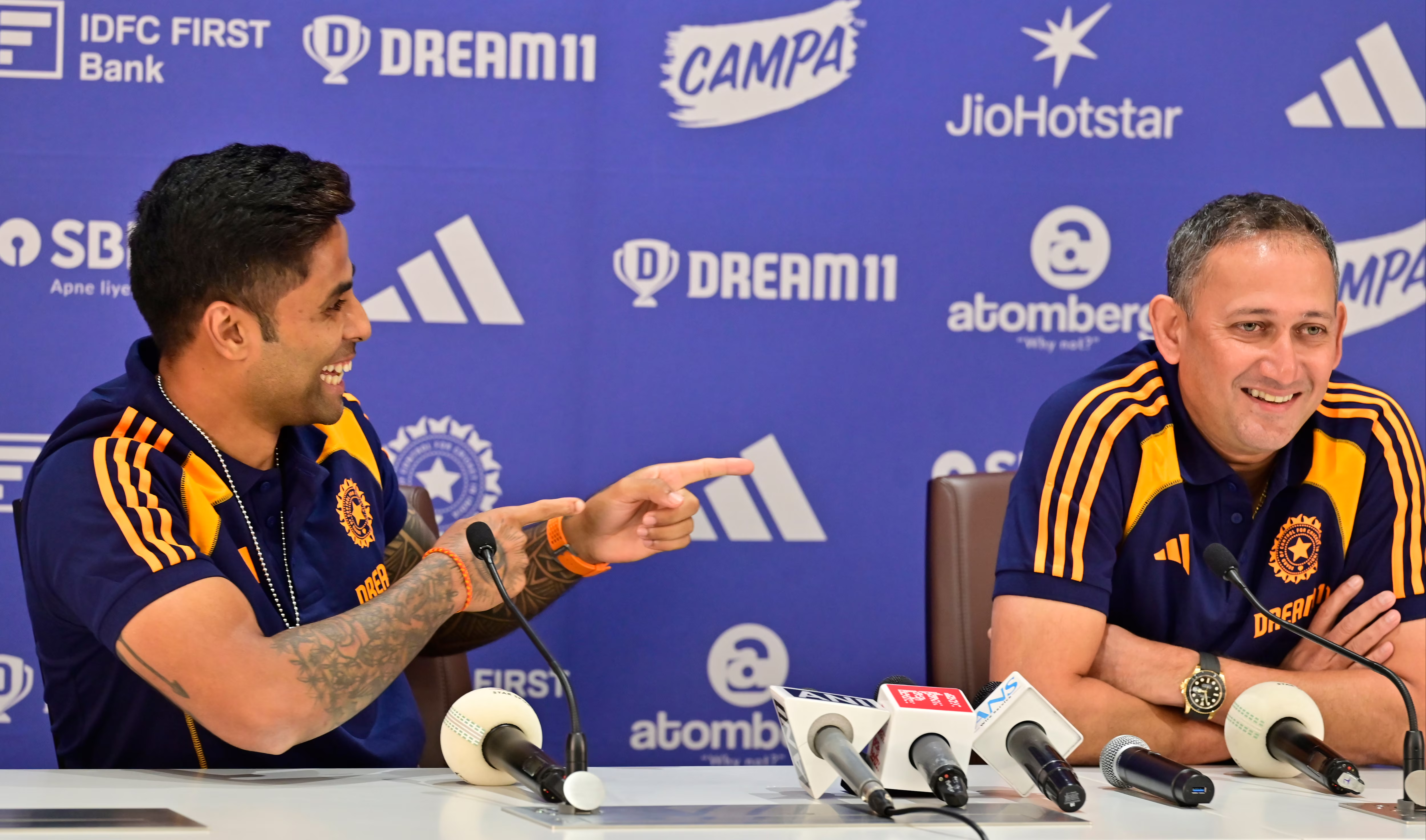
India’s Asia Cup 2025 Squad: A Bold Shift
The squad for the Asia Cup 2025, to be held from September 9 to 28 in Dubai and Abu Dhabi, was announced with fanfare. Here’s the official squad:
India’s 15-man squad: Suryakumar Yadav (C), Shubman Gill (VC), Abhishek Sharma, Tilak Varma, Hardik Pandya, Shivam Dube, Axar Patel, Jitesh Sharma (WK), Jasprit Bumrah, Arshdeep Singh, Varun Chakaravarthy, Kuldeep Yadav, Sanju Samson (WK), Harshit Rana, Rinku Singh.
Standby players: Yashasvi Jaiswal, Prasidh Krishna, Washington Sundar, Riyan Parag, Dhruv Jurel.
At first glance, the squad emphasises youth, flexibility, and T20 dynamism. The leadership baton has shifted firmly toward the next generation, with Shubman Gill named vice-captain and Suryakumar holding the captaincy. Meanwhile, India’s campaign is mapped out against the UAE, Pakistan, and Oman in the group stages, with the much-anticipated clash against Pakistan set for September 14.
But behind this “future-facing” squad lies a swirl of questions.
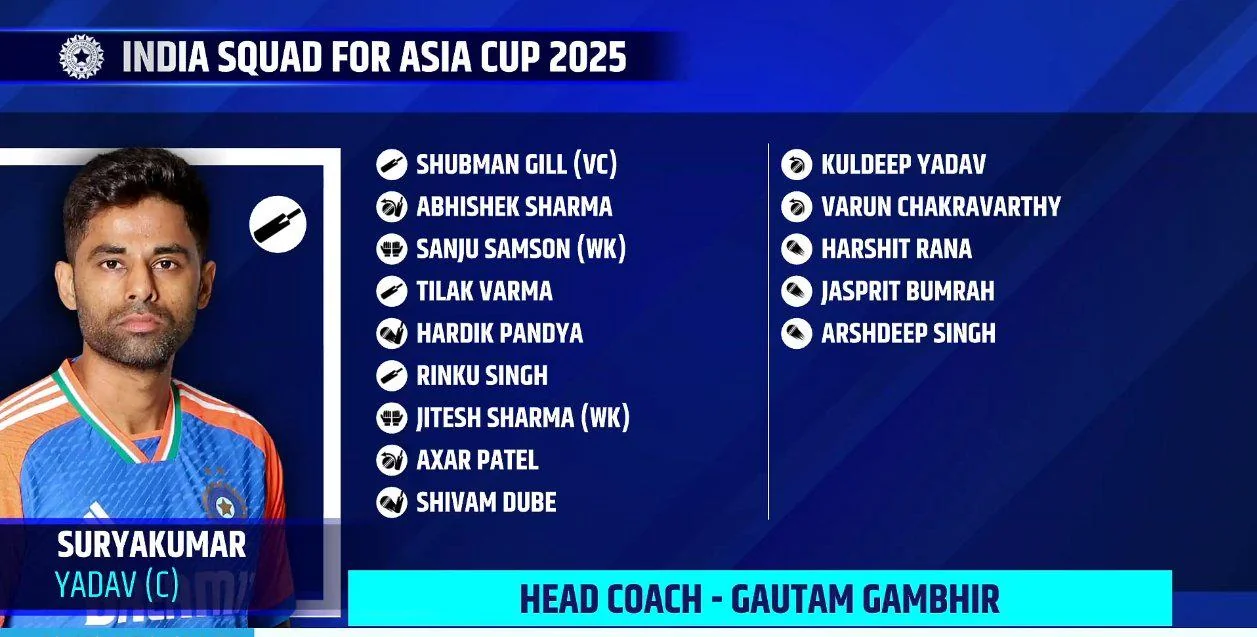
Shreyas Iyer: A Proven Performer, Yet Cast Aside
Perhaps the most shocking exclusion is that of Shreyas Iyer, a batsman who not only delivered during the IPL but has also shown composure in international cricket.
-
IPL 2025 numbers: 604 runs, average 50.33, strike rate 175, struck spin at 145.5, hitting 11 sixes, leading his team Punjab Kings, to the final.
-
Historical significance: Only Chris Gayle (2011) and Suryakumar Yadav (2023) have scored 600+ runs in an IPL season at a better strike rate than Iyer’s 175. His game against spinners, long seen as his weaker area, showed marked improvement this season.
-
Strengths: Anchoring innings, adaptability against spin (145+ strike rate vs spinners this year), and stability in the middle order.
Yet, when pressed about Iyer’s exclusion, Ajit Agarkar responded bluntly:
“You’ll have to tell me who he can replace. It’s no fault of his, nor is it ours. It’s just that you can pick 15, and he’ll have to wait for his chance.”
This reasoning, however, does little to convince observers. Critics argue that Iyer’s experience, calmness under pressure, and ability to anchor innings were exactly what India’s middle order needed. The squad is packed with explosive talent, Tilak Varma, Rinku Singh, Shivam Dube, but lacks an assured stabiliser in case of early collapses. The No.3 and No.4 spots are said to be locked for Tilak Varma and Suryakumar Yadav, leaving no room for Iyer. But was that a cricketing decision, or an example of the management protecting their chosen favourites?
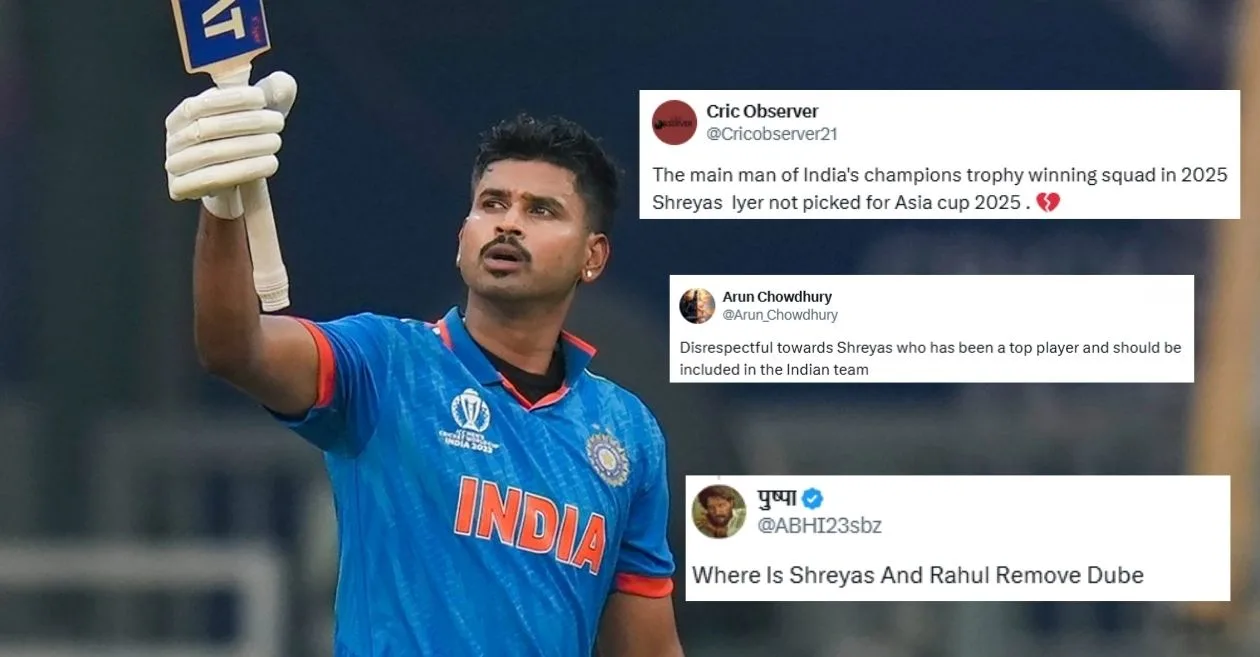
Yashasvi Jaiswal: From Rising Star to Standby
Jaiswal’s exclusion is equally baffling. The young opener was seen as a vital part of India’s T20 future, with stats that speak volumes:
-
T20I career so far: 23 matches, 723 runs, strike rate 164.31 (3rd highest for India with 500+ runs, behind only Abhishek Sharma and Suryakumar).
-
IPL record since 2023: 1,619 runs at a strike rate of 160.13, with 2 hundreds and 12 fifties in 44 games.
-
IPL 2025 performance: Rajasthan Royals’ highest run-scorer, 559 runs, average 43.00, strike rate 159.71.
Jaiswal, who stayed with India as a reserve through their victorious 2024 T20 World Cup campaign, was expected to finally cement his place. Instead, selectors opted for Abhishek Sharma, citing his ability to bowl as the deciding factor.
Agarkar admitted the decision was unfortunate:
“There’s Abhishek Sharma, what he’s done over the last few months that he’s been on the team, plus [the fact that] he can bowl a little bit, gives us an option if required by the captain. One of these guys [Abhishek or Jaiswal] was always going to miss out; it’s just unfortunate that he might have to wait for his chance."
Yet, critics argue that leaving out Jaiswal, one of the most consistent young openers in world cricket, in favour of a still-green Abhishek is less about tactics and more about preferences within the new team management.
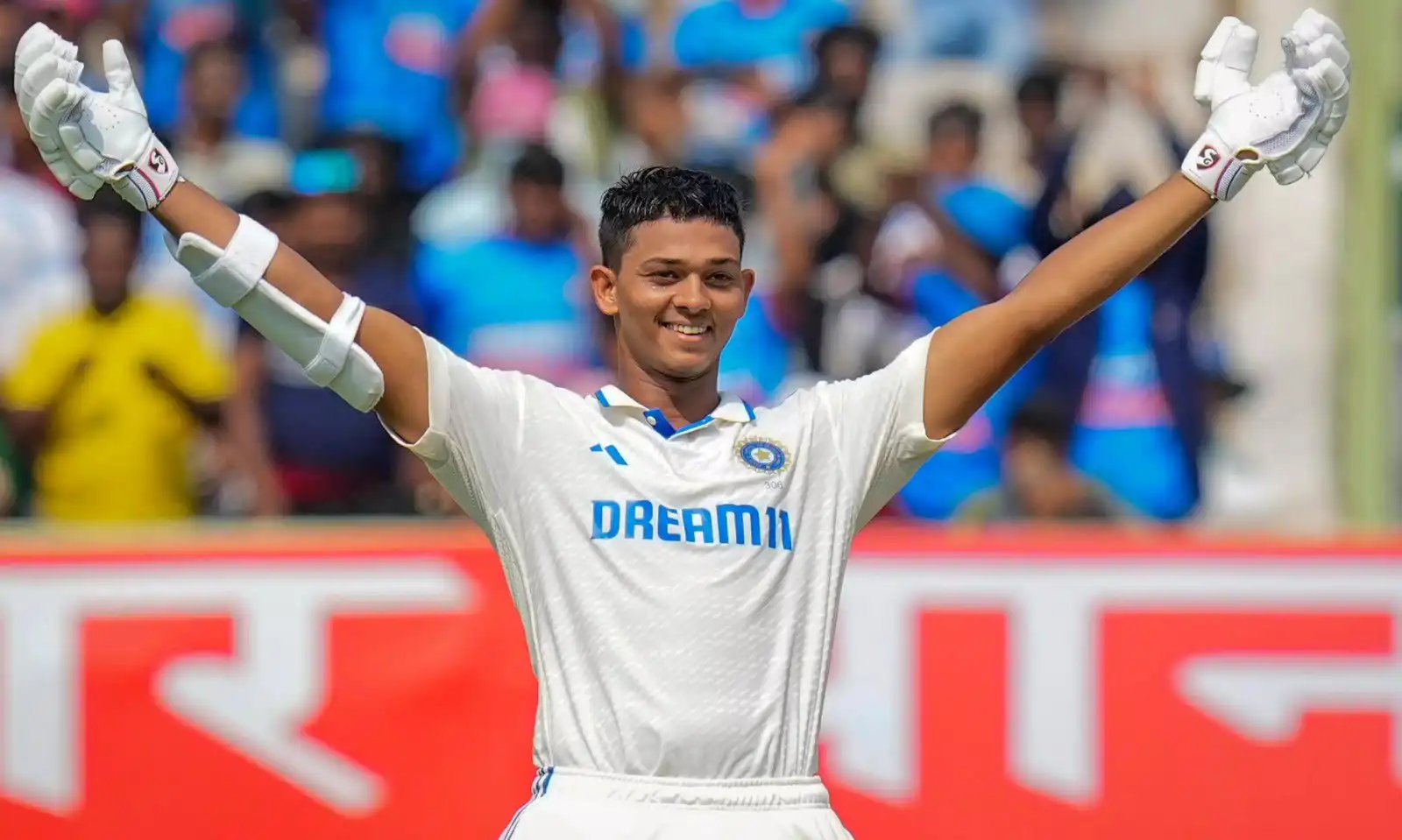
Other Surprising Omissions: Siraj, Sundar, and Prasidh
While Iyer and Jaiswal dominate headlines, they weren’t the only surprises.
-
Washington Sundar: Impressive against England in Tests, an all-rounder with spin utility. Left out.
-
Prasidh Krishna: Purple Cap holder in IPL 2025 (25 wickets in 15 matches). Also dropped.
-
Mohammed Siraj: Hero of India’s Test win vs England, 16 wickets in IPL 2025. Left out.
Instead, lesser-tested names like Harshit Rana and Rinku Singh have been backed. Both are talented, but their IPL numbers hardly outweigh the credentials of those omitted. This adds fuel to the theory that personal preferences and long-term vision may have trumped form and performance.
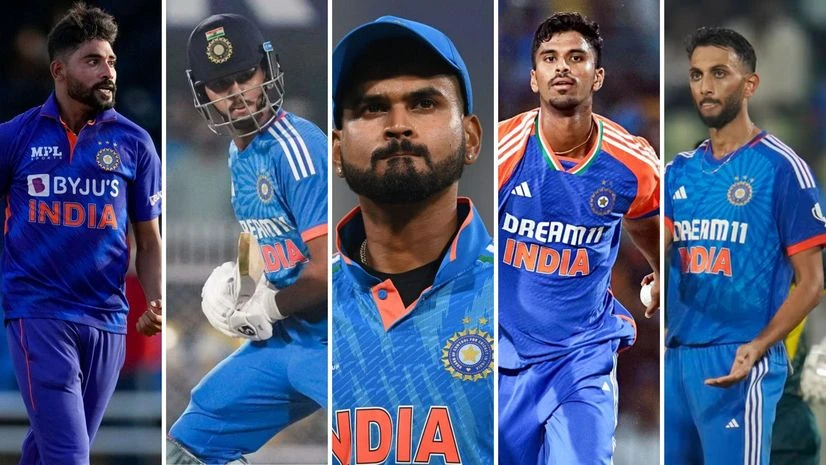
The Surprise Inclusions: Rinku Singh and Harshit Rana
If Iyer and Jaiswal’s exclusions were shocking, the inclusions of Rinku Singh and Harshit Rana were equally puzzling. Neither had standout IPL seasons compared to the axed players, yet both found a spot in the 15.
-
Rinku Singh: Known for finishing ability, but IPL 2025 wasn’t his best season.
-
Harshit Rana: A promising pacer, but nowhere near the wicket-taking force of Prasidh Krishna or Mohammed Siraj.
This has raised eyebrows about whether the selectors are gambling on untested talent or simply promoting certain players due to internal influence.
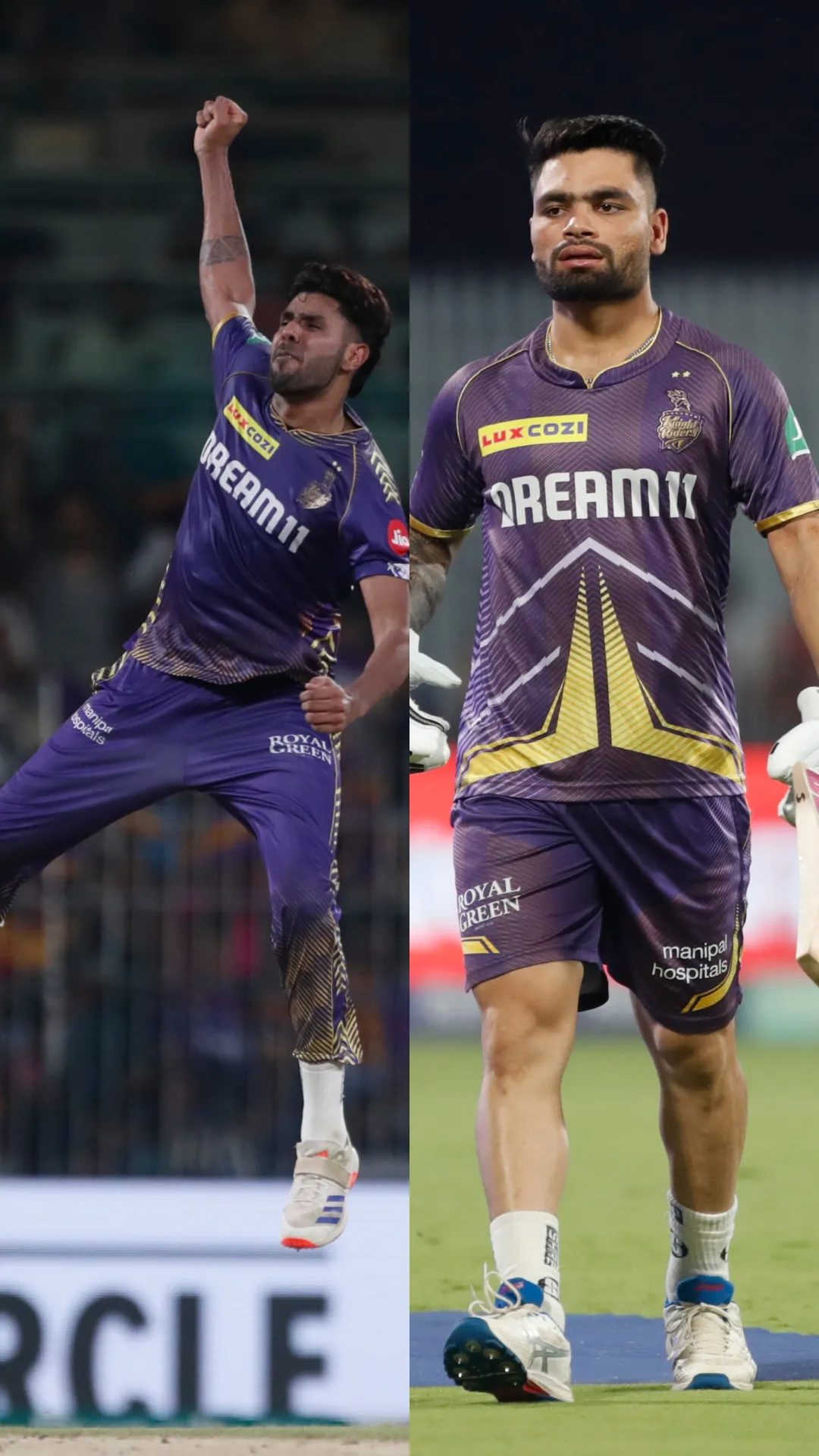
Shubman Gill as Vice-Captain: A Changing of the Guard?
While the focus has been on exclusions, one major headline was Shubman Gill’s rise as vice-captain. At just 25, Gill has been trusted to lead India’s next generation, echoing a shift from the Kohli-Rohit era.
This bold move, however, raises questions:
-
Does this signal the end of Virat Kohli’s leadership influence in limited-overs cricket?
-
Can Gill handle not just leadership responsibilities, but also the dressing-room dynamics with senior players still present?
Some see this as a long-term vision. Others worry it could destabilise the team if egos clash or results falter.
Adding to the intrigue is Virat Kohli’s situation. While not entirely dropped, Kohli’s influence in the T20 setup has visibly waned. Shubman Gill being handed the vice-captaincy over experienced options like Axar Patel or even Hardik Pandya signals a quiet transition of leadership.
Fans are beginning to ask: Is this the BCCI’s way of phasing out big names like Kohli while building around Gill, Suryakumar, and Gambhir’s vision? If so, Iyer and Jaiswal may simply be early casualties in a larger political chess game.
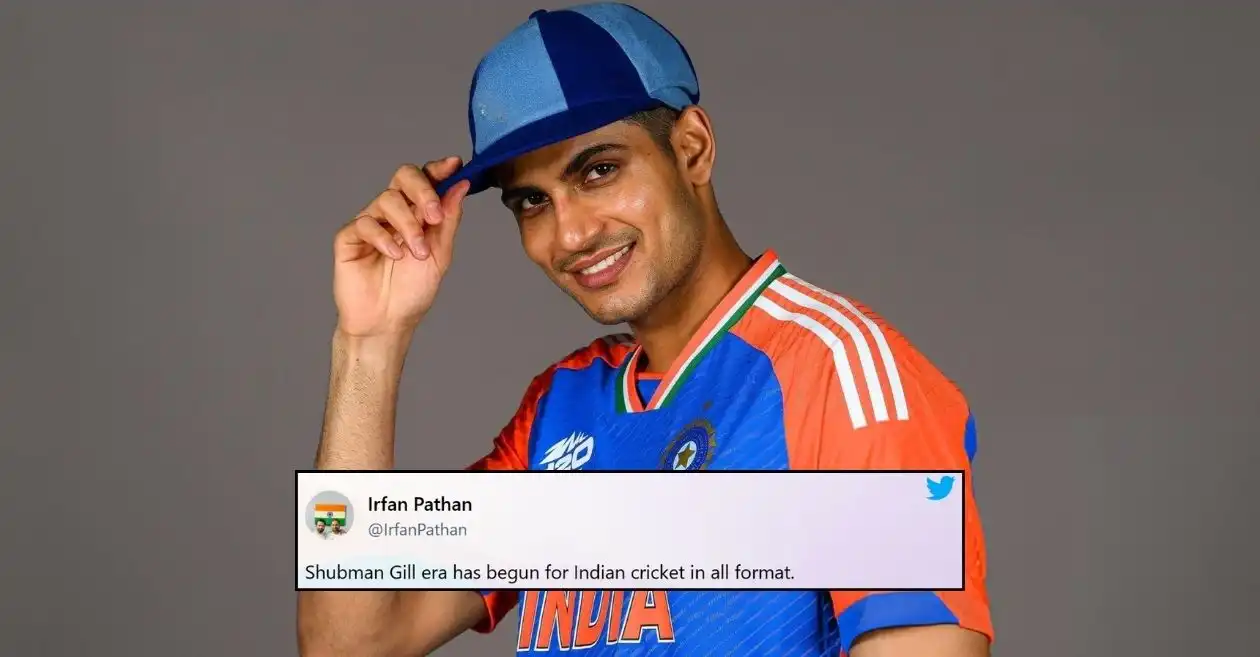
The Gambhir-Agarkar Factor: Influence or Strategy?
With Gautam Gambhir recently taking charge as head coach, whispers of his influence in selection have been growing. Gambhir has long been vocal about backing players he believes in, often to the exclusion of others. His history with players like Shreyas Iyer, combined with Agarkar’s stern explanations, has only fueled talk of favouritism.
-
Was this tactical? Abhishek’s bowling gives India a sixth bowling option, but does it outweigh Jaiswal’s explosive, consistent batting record?
-
Was this political? Some believe Gambhir’s focus on building “his team” meant prioritising fresh names over those who might challenge leadership dynamics or selection narratives.
This suspicion isn’t new. Indian cricket’s history is littered with selection controversies where politics trumped performance.
The Shadow of Politics: Gambhir, Agarkar, and BCCI’s Hand
Whenever Indian cricket sees high-profile exclusions, whispers of politics aren’t far behind.
-
Gautam Gambhir’s arrival as head coach has been linked with a push for “fresh blood” and loyalty to players he has mentored in franchise cricket.
-
Ajit Agarkar, while officially providing cricketing explanations, has been criticised for inconsistency, rewarding some on form while sidelining others despite equal or better performances.
-
BCCI’s broader agenda, phasing out older faces, creating a new leadership order under Gill and Suryakumar, and avoiding “clutter” of too many senior voices in the dressing room.
This triad of influences has led to speculation: Was Iyer and Jaiswal’s exclusion really tactical, or was it orchestrated to cement a new political and cricketing hierarchy?
Risks and Rewards: Could This Backfire?
By excluding Iyer, India has sacrificed an anchor in the middle order. By sidelining Jaiswal, they’ve potentially weakened their top-order explosiveness. While the squad is filled with youthful exuberance, the lack of proven performers in crunch situations could hurt India against strong bowling sides like Pakistan and Sri Lanka.
A few hidden risks include:
-
Unsettled middle order: Tilak Varma is still relatively new, and Hardik Pandya’s form has been inconsistent. Without Iyer, can India rely on all-out aggression without a proven anchor?
-
Opening balance risk: If Gill struggles, will Abhishek Sharma’s inexperience show against Pakistan’s bowling?
-
Over-reliance on Suryakumar: As captain and key batsman, SKY carries a huge burden.
-
Inexperienced inclusions: Backing Rinku Singh and Harshit Rana over proven performers could either pay off spectacularly or expose glaring selection biases.
Historically, India’s strongest squads have thrived on a balance between youth and experience. Here, the pendulum may have swung too far toward youth.
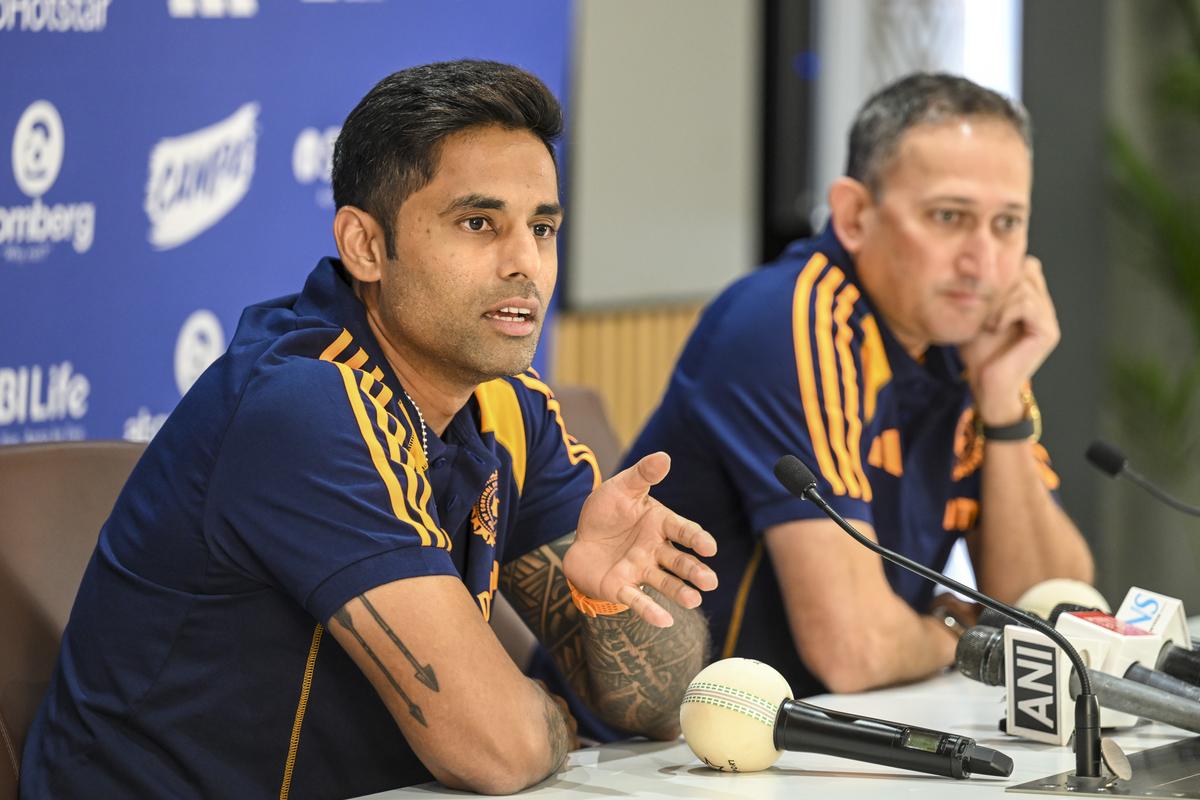
Tournament Context: A Big Stage for a Bold Gamble
The Asia Cup 2025 will see India drawn in Group A alongside Pakistan, UAE, and Oman. India’s campaign begins against the UAE on September 10 in Dubai, followed by the marquee clash with Pakistan on September 14.
With the tournament serving as a critical preparatory stage before global events, India’s choices here are magnified. A failure in the Asia Cup will not only bring criticism but also validate concerns that politics, not merit, shaped this squad.

Was It Needful or Just Politics?
The exclusions of Shreyas Iyer and Yashasvi Jaiswal cannot be brushed off as simple tactical calls. Both players have been in top form, statistically among the best in the country, and have proven themselves in high-pressure situations.
-
If performance were the yardstick, both Iyer and Jaiswal would walk into the XI.
-
If team balance was the excuse, selectors could have found room without axing both.
-
If a youth-first policy was the strategy, why were performers like Rinku and Rana favoured despite weaker numbers?
The more one examines it, the more it appears to be a case of combined politics between BCCI, coach Gambhir, and Agarkar, shaping a squad that fits their preferred narrative rather than rewarding merit.
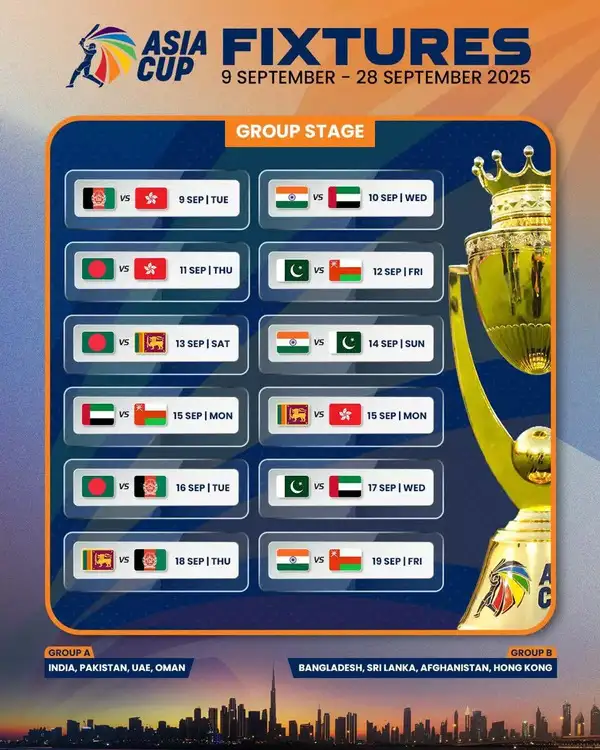
Final Words
The exclusions of Shreyas Iyer and Yashasvi Jaiswal can be framed as cricketing logic, “no space in the XI” or “all-round utility preferred.” But when one considers their recent records, leadership contributions, and ability to deliver under pressure, the cricketing logic appears thin.
Instead, what emerges is the likelihood of political undertones: Gambhir’s push for his trusted young guns, Agarkar’s rigid stance, and BCCI’s long-term reshaping of leadership.
If India wins the Asia Cup, the selectors will be hailed as visionaries. But if the team falters, especially in crunch games against Pakistan or Sri Lanka, the absence of Iyer’s calmness and Jaiswal’s explosiveness will be remembered as a political blunder disguised as cricketing foresight.
For now, the cricketing world watches with bated breath: was it really needful, or just the combined politics of Gambhir, Agarkar, and BCCI dressed up as strategy?
With inputs from agencies
Image Source: Multiple agencies
© Copyright 2025. All Rights Reserved. Powered by Vygr Media.

